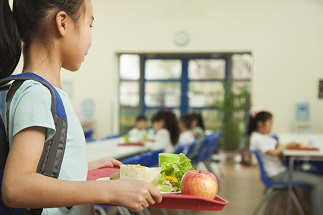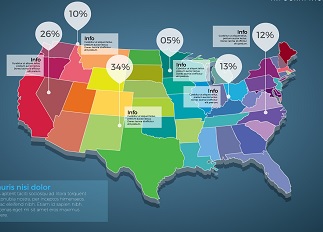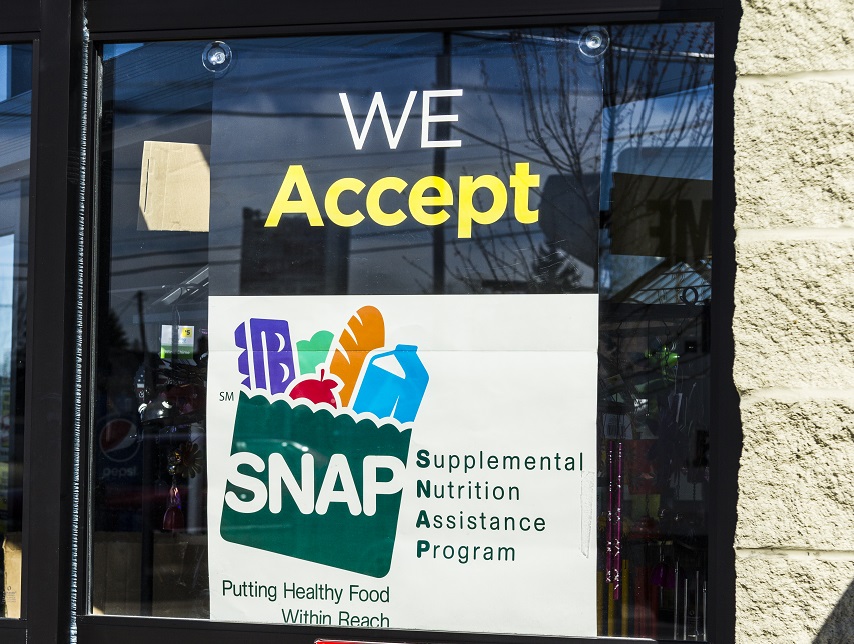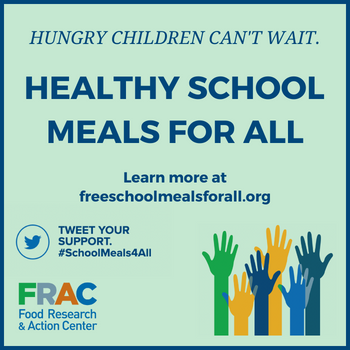
Watch the Webinar:
Reaching Rural Students with School Breakfast: Strategies for Increasing Participation
Learn strategies to increase rural school breakfast participation, such as serving breakfast at no charge to students, implementing breakfast after the bell, and partnering with local farmers. Passcode: SBrural1118

Check Out These Fact Sheets on Rural Hunger
- Rural Hunger in America – Get the Facts
- Rural Hunger in America – SNAP: Get the Facts
- School Breakfast in Rural Communities – Get the Facts
- Rural Hunger in America: Afterschool Meals
- Summer Meals in Rural Communities – Get the Facts
- Rural Hunger in America: Special Supplemental Nutrition Program for Women, Infants, and Children
Millions of working families, veterans, people with disabilities, seniors, and children in rural communities cannot always afford and access enough food for an active, healthy life.
Quick Facts
- Paradoxically, in rural areas that grow most of our nation’s food, households face considerably deeper struggles with hunger than those in metropolitan areas.
- 12.1% of rural households faced food insecurity in 2020, compared to 10.3% of households in metropolitan areas.
- Food insecurity is linked to a wide range of negative health outcomes, and rural Americans are at higher risk for poor health outcomes than their urban counterparts.
- SNAP participation nationally was highest among households in rural (16 percent) and small town (15 percent) counties compared to households in metro counties (13 percent) (American Community Survey 2016 five-year estimates – 2012–2016).
- Rural residents who are eligible for SNAP often miss out on benefits because they lack information and disproportionately lack access to apply and recertify for benefits.
Interactive Data Tool


